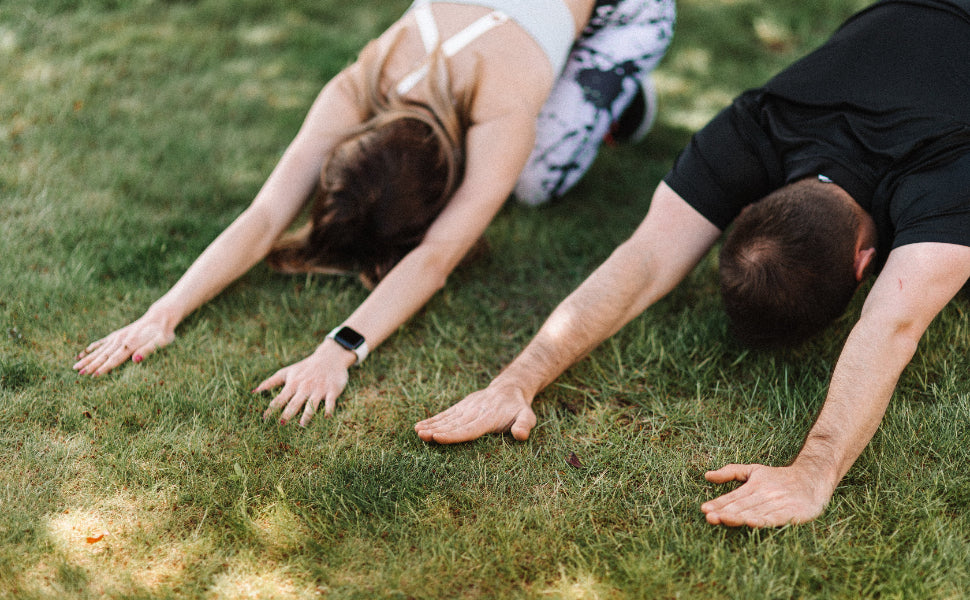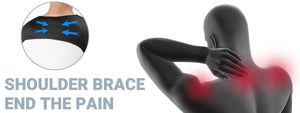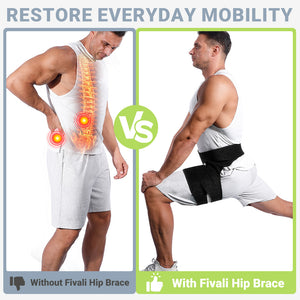How to Fix Back Hump?

Back hump is an abnormal bent forward of the upper spine, resulting in a rounded or hunched back. The purpose of this page is to educate the reader about the causes of back hunching. It emphasises the importance of prevention and points out that enhancing lifestyles, such as adopting a correct posture, exercising consistently and achieving reasonable weight control, are essential with respect to lifestyles. The article provided by Fivali also looks at several replacement therapies to motivate readers to be positive about improving their posture and tackling their hunched backs.
Understanding the Causes
The hunchback, also known as a kyphosis, can be caused by a number of elements. The individual can examine these causes to discover why he/she has experienced a hunchback at all. Bellow are the most common causes of a hunched back:
- Poor Posture: Long-term poor sitting posture, such as hunched over or rounded shouders, can weaken the strength of the muscles that sustain the spine, which causes the physiological curvature of the upper back to enlarge on its own.
- Muscle Imbalances: The imbalance in the force and dexterity of the surrounding muscles of the spine may be contributed to a hunchback. Poor extensors in the back and tight pectoral muscles in the chest can compel the spine to tilt forward, giving the spine a rounded appearance.
- Prolonged hunching or round-shouldered sitting not only weakens the back muscles and aggravates upper back curvature, it may also trigger a series of health problems, such as cervical spondylosis and shoulder and back pain.
- Certain medical diseases, such as Scheuermann's disease, Marfan syndrome, and ankylosing spondylitis, can produce aberrant spine curvature, particularly severe rounding of the upper back.
It is important to emphasise that while improper postures are a popular cause of back humps, they are not the only cause at all. The other contributions to hunchbacks includes inherited genes and age-related variations in the vertebra as we age as well.
Lifestyle Changes
Although there are many causes of hunchbacks, they can be modified by modifying your lifestyle and putting in place precautions. This section will concentrate on some practical ways to help you prevent hunchbacks and achieve a healthy and upright posture.
- Importance of Good Posture: Correct posture is of vital importance in maintaining the prevention of hunchbacks. Stand with your shoulders back and straight spine when standing. While sitting keep your feet flat on the floor and refrain from leaning forward.
- Tips for Improving Sitting, Standing, and Sleeping Position: Maintain good posture when it comes to work or school by utilising erratic forms of chairs and equipment. To preserve good spinal alignment, sleep on your back or lateral side with a pillow between your knees as you sleep.
- Exercise and stretching on a regular basis to strengthen muscles and improve flexibility: Back stretches, planks and rowing are all exercises that target the muscles that support the spine. Frequent stretching exercises also help increase flexibility and prevent muscle imbalances.
- Weight Control and Healthy Lifestyle Habits: The overweight or obesity can aggravate the spine and increase the likelihood of developing a back hump. Achieving a healthy weight through a balanced diet and getting some regular exercise can help to minimise this risk as well.
While a humpback deserves professional treatment in some cases, active prevention is the most effective way to deal with it. Good sitting habits and regular exercise can preserve the health of the spine and minimise the risk of slouching.
Treatment Options

Besides prevention and lifestyle modifications, there are a multitude of treatment possibilities available for people with a humped back. The best treatment strategies may be determined by the underlining cause and severity of the condition. The following are some popular therapeutic options:
- Physical Therapy: Physiotherapists can devise specific workout programmes to reinforce the supporting muscles of the spine, improves flexibility and corrects posture.
- Bracing: Under some circumstances, donning a back brace can actually help to refine the alignment of the spine and forestall further curvature of the spine.
- Medications: Over-the-counter pain medications such as acetaminophen and ibuprofen can help alleviate back hump pain. In some circumstances, prescription medications such as muscle relaxants and anti-inflammatory drugs may be prescribed.
- Surgery: With severe cases, surgery may be required to redress the curvature of the spine. When all other treatment alternatives have been exhausted, this is usually indicated to be the approach to take.
- Lifestyle Adjustments: By reducing smoking and manipulating stress, you can help increase blood circulation and relax your muscles, which in turn lowers the incidences of hunchbacks and boosts the overall health of your spine on the other side of the spectrum.
Reference
-
Posted in
Back pain causes, Healthy Lifestyle, Recovery













